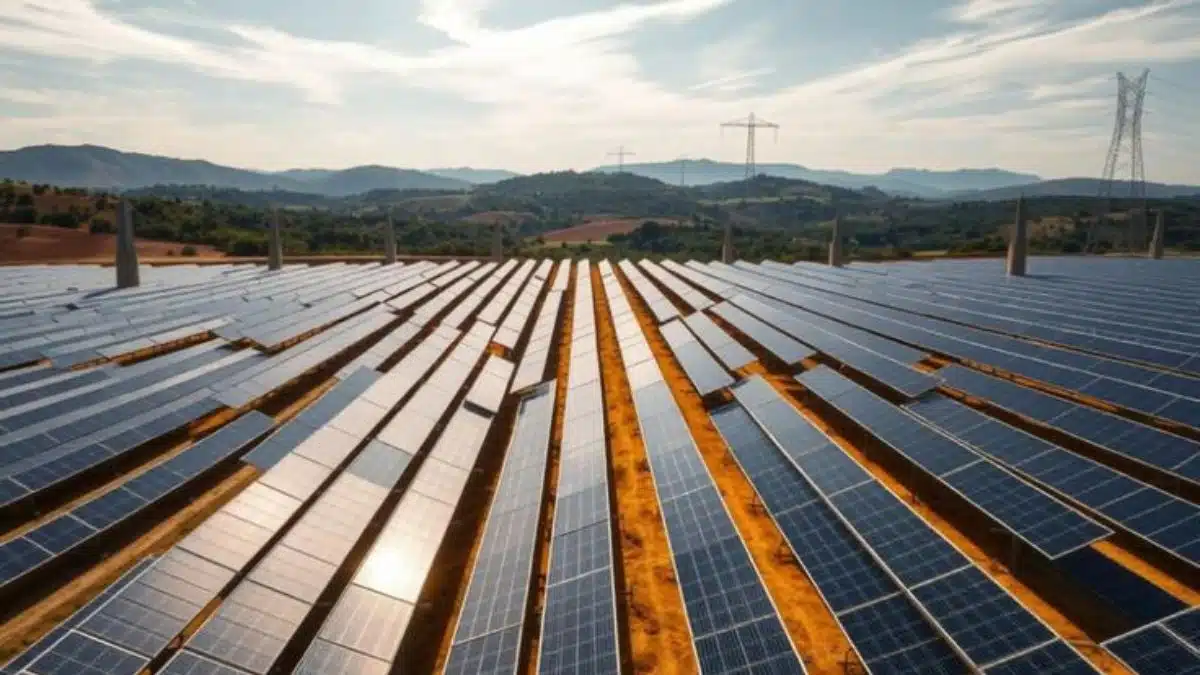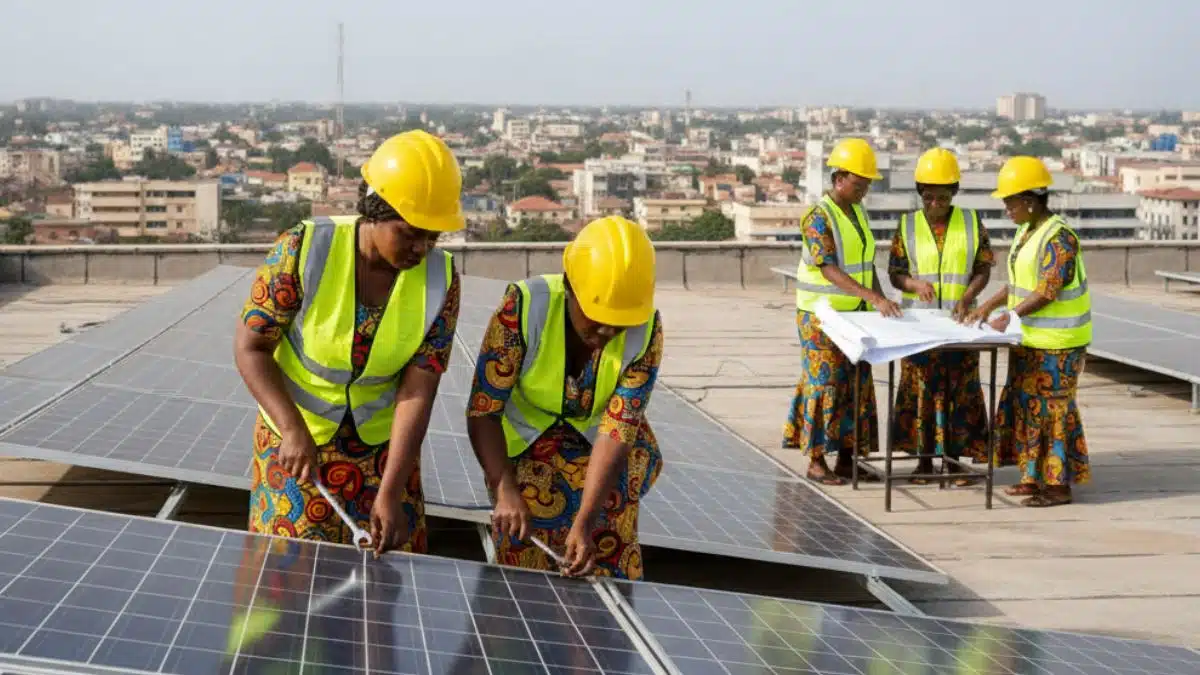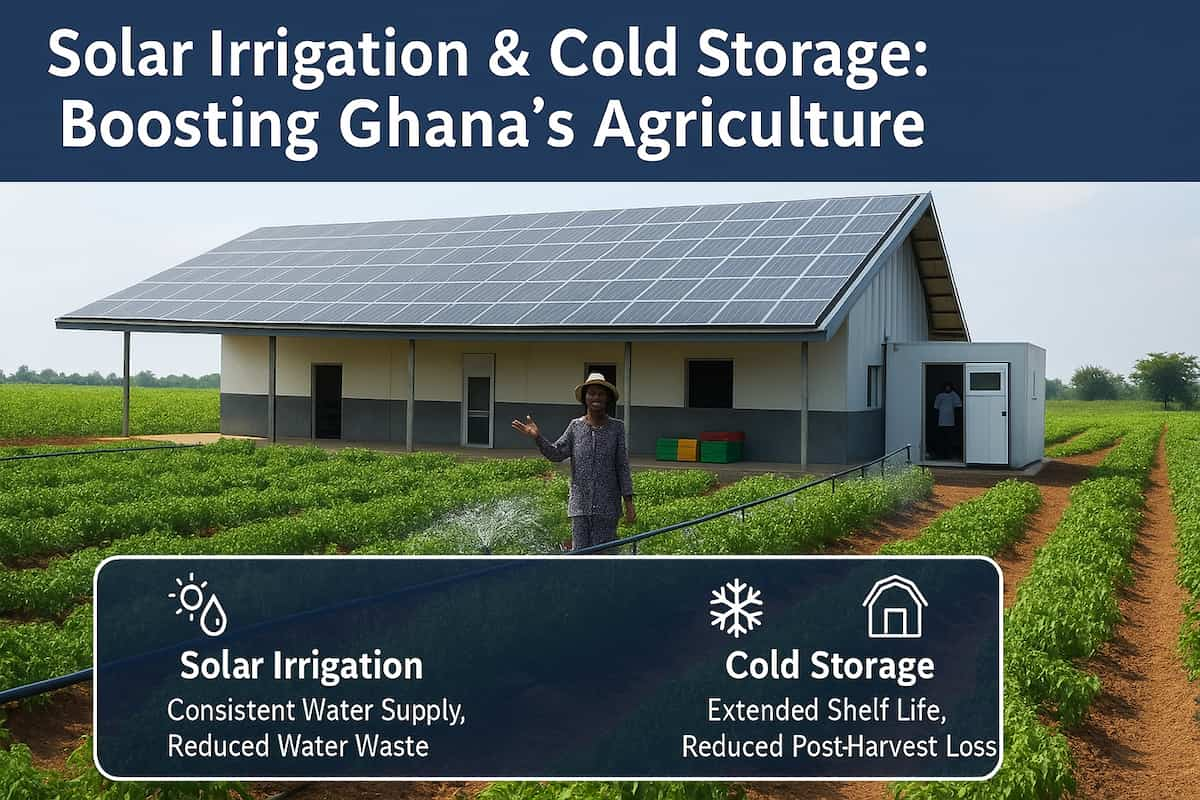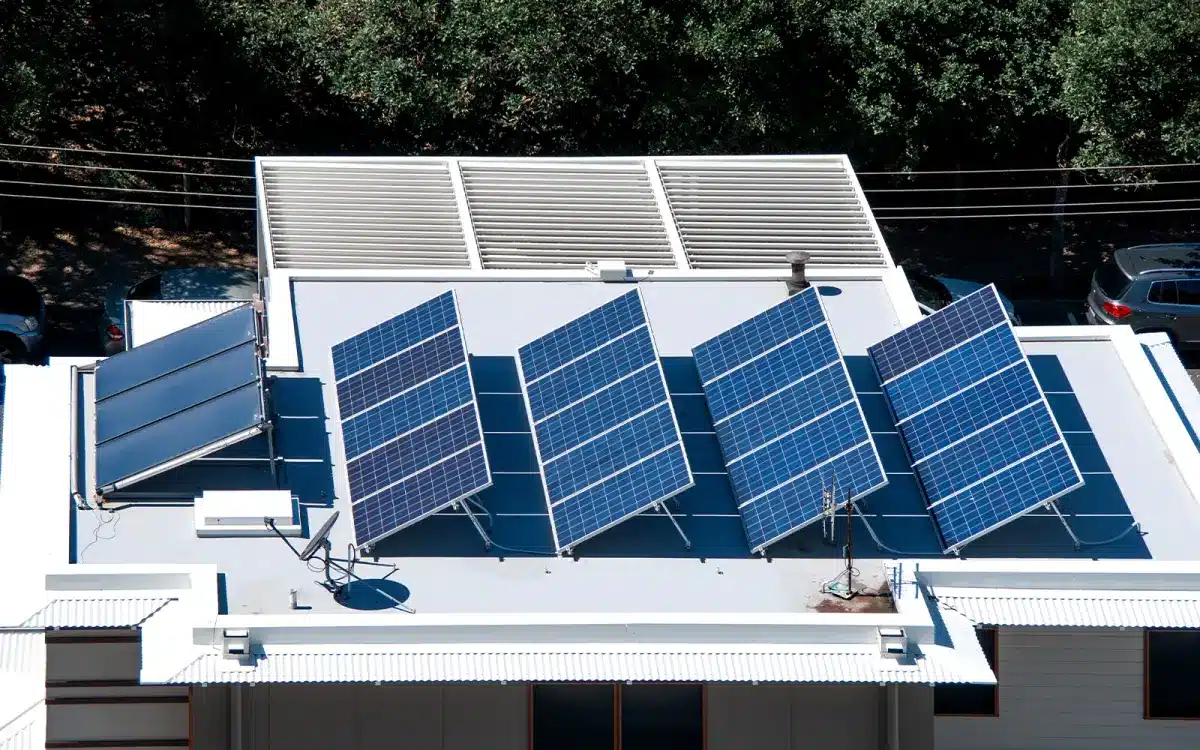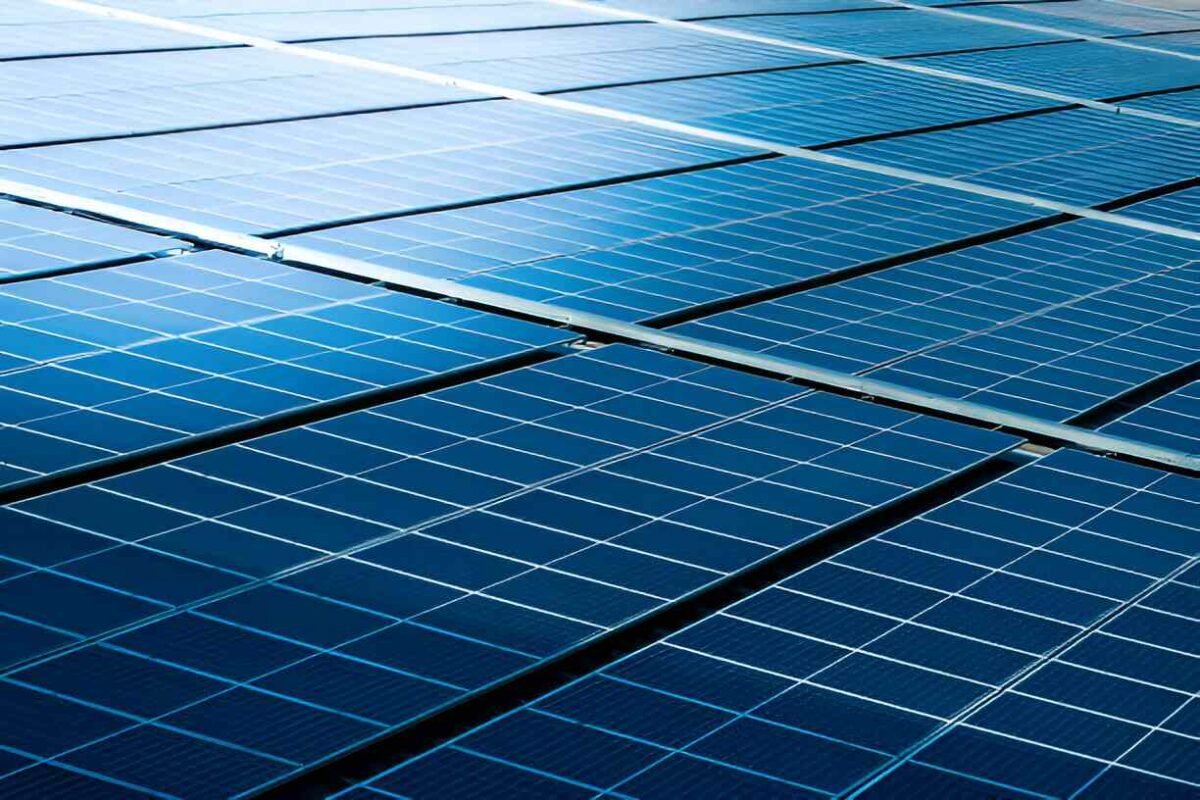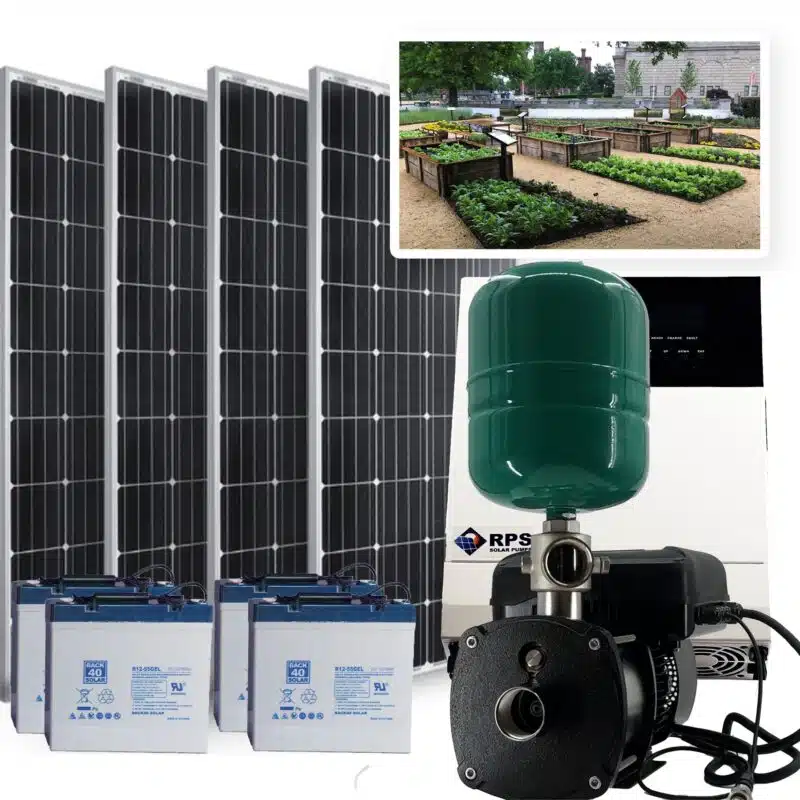Blogs
How to Size a battery bank for solar and 24/7 Power: Expert Tips
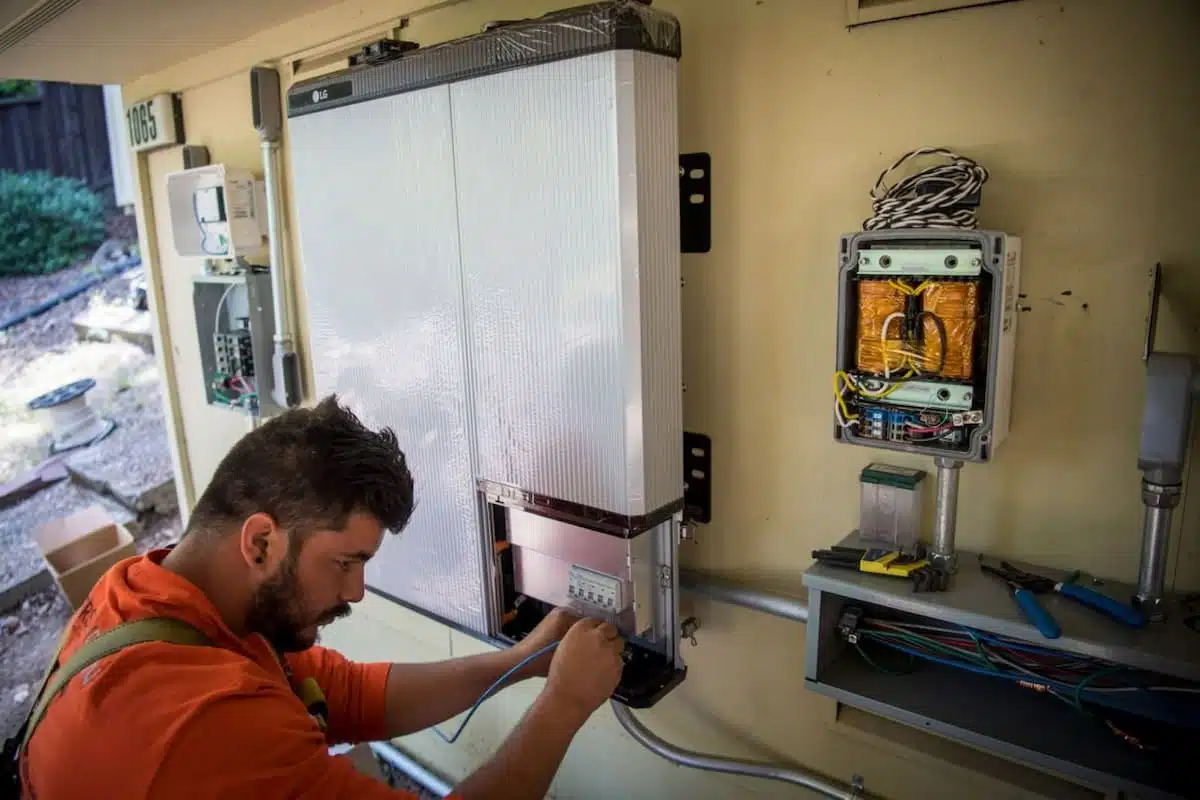
How to size a battery bank for solar is the key to never worrying about power outages disrupting your day. In Ghana, where electricity supply can be unpredictable, this dream can become a reality by sizing your battery bank correctly for 24/7 power.
Whether you’re a homeowner, business owner, or simply someone who values uninterrupted power, understanding how to size your battery bank is crucial. This guide will reveal the secrets to achieving a reliable energy system tailored to your needs. Discover how to calculate the perfect battery capacity, choose the right equipment, and ensure your power supply is as dependable as the sunrise.
Keep reading to unlock the key to energy independence and take control of your power needs in Ghana.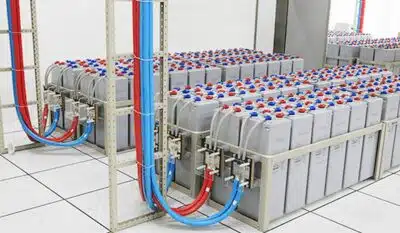
Importance Of A Well-sized Battery Bank
Sizing a battery bank correctly ensures reliable power supply throughout the day in Ghana. Proper sizing helps maintain continuous energy flow and prevents outages. A well-sized battery bank adapts to daily energy needs, crucial for uninterrupted power.
A well-sized battery bank ensures continuous power supply. It supports your energy needs around the clock. In Ghana, power outages are common. A reliable battery bank helps tackle this issue. It stores enough energy for when the grid is down. This gives peace of mind knowing your home or business stays powered. An efficient battery bank also saves money. You avoid wasting energy and resources. It ensures your solar system works at its best. Proper sizing extends battery life, reducing replacement costs. Understanding its importance is key to energy independence.
Understanding Your Energy Needs
Calculate your daily energy use accurately. This helps in sizing the battery bank. List all devices and appliances. Note their power ratings and usage hours. Sum up to get total energy consumption. Factor in potential growth in energy needs.
Consider Battery Efficiency
Battery efficiency impacts storage capacity. Choose batteries with high efficiency. This ensures more stored energy is usable. Less energy is wasted in conversion. Check manufacturer specifications for efficiency ratings.
Plan For Autonomy Days
Decide how many days of stored power you need. This is crucial during long outages. More autonomy days mean a larger battery bank. Balance your budget with your power reliability needs.
Evaluate Solar System Output
Ensure your solar panels provide enough charge. They should meet or exceed your daily energy use. This keeps the battery bank charged. Check solar panel output during Ghana’s sunny and cloudy days. Adjust panel size accordingly to ensure optimal performance.
Account For Depth Of Discharge
Depth of discharge (DoD) affects battery life. Batteries should not be discharged fully. Opt for a battery with a safe DoD level. This prolongs battery lifespan and efficiency. Check product details for recommended DoD.
Consult A Professional
Seek advice from a solar energy expert. They ensure accurate battery bank sizing. Professionals help with technical specifications. They also recommend the best type of batteries. This ensures your system operates efficiently and reliably. `
Basic Components Of A Battery Bank
When planning for uninterrupted power in Ghana, understanding how to size a battery bank for solar and the basic components involved is crucial. A battery bank functions as the heart of your energy system, storing electricity for later use. To make the most of your investment, you need to understand the different types of batteries, how to measure battery capacity, and the importance of voltage.
Types Of Batteries
Choosing the right type of battery can make a huge difference in performance and longevity — and it’s a key step in learning how to size a battery bank for solar effectively. Lead-acid batteries are the most common and affordable option, ideal for small setups. They require regular maintenance but are a reliable choice.
If you’re aiming for efficiency with less upkeep, consider lithium-ion batteries. They have a higher upfront cost but last longer and charge faster. A friend of mine in Accra upgraded to lithium-ion and noticed immediate improvements in battery life and charging speed.
Nickel-cadmium batteries might not be the first choice for most, but they thrive in extreme temperatures. If you’re dealing with fluctuating weather conditions, they might be worth considering.
Battery Capacity And Voltage
Battery capacity determines how long your system can provide power. Measured in amp-hours (Ah), it tells you the amount of power stored. Think of it as the size of your fuel tank. Larger capacity means more stored energy, but also higher costs.
Voltage is equally important. It indicates the force at which the electricity flows. Most systems in Ghana operate at 12V, 24V, or 48V. Matching the voltage of your battery bank with your inverter is critical. If you’ve ever mismatched them, you’ll know it leads to inefficiencies and potential damage.
If you’re learning how to size a battery bank for solar, consider the demands of your appliances and gadgets. Are they energy-hungry? Calculate your daily energy usage to determine the right balance of capacity and voltage. Are you prioritizing cost or efficiency?
Getting the balance right could mean the difference between constant power and frustrating outages. How much energy do you need, and what are you willing to invest to ensure it’s always available?
As you size your battery bank, remember to think about your lifestyle and power requirements. By understanding these components, you can make informed decisions that suit your needs. What choices will you make to ensure your home stays powered day and night?
Calculating Energy Needs
Planning a reliable power system in Ghana requires careful calculation of energy needs. Understanding these needs is a key part of learning how to size a battery bank for solar, ensuring your system can provide 24/7 power. Calculating energy needs involves assessing daily usage and considering seasonal variations. This ensures your system is efficient and meets your requirements.
Assessing Daily Energy Usage
Start by listing all devices you’ll power with the battery bank. Determine each device’s wattage from their labels or manuals. Calculate the total watt-hours needed per day. Multiply each device’s wattage by hours used daily. Sum all device totals for your daily energy usage. This step helps plan the battery capacity you’ll need.
Considering Seasonal Variations
Ghana’s climate affects energy needs throughout the year. During hotter months, cooling devices may consume more power. In cooler months, usage might decrease. Adjust your calculations for these seasonal changes. This ensures your battery bank meets demand all year. Planning for variations avoids power shortages or overcapacity.
Sizing For Continuous Power
Ghana’s energy needs are growing. Reliable electricity is crucial. Many households and businesses need continuous power. A well-sized battery bank is essential. It ensures 24/7 electricity. This guide will help you size your battery bank effectively.
Determining Battery Bank Capacity
Start by assessing your daily power usage. List all devices and appliances. Calculate their total watt-hours per day. Use this number to guide your battery capacity. Remember, battery capacity is measured in amp-hours (Ah). Multiply your daily watt-hours by the number of days you want backup power. Then divide by the battery voltage. This gives you the total amp-hours needed.
Accounting For Efficiency Losses
No system is 100% efficient. Batteries and inverters have losses. Consider these when sizing your battery bank. Add a 20% buffer to your capacity. This compensates for inefficiencies. It ensures your system meets your power needs. Always choose quality components. They reduce losses and increase reliability.
Choosing The Right Battery Type
Choosing the right battery type is crucial when planning for a 24/7 power supply in Ghana. Not all batteries are created equal, and each type comes with its own set of advantages and limitations. Understanding these can make all the difference in ensuring your power needs are met efficiently. Let’s dive into the two main contenders: Lead-Acid and Lithium-Ion batteries.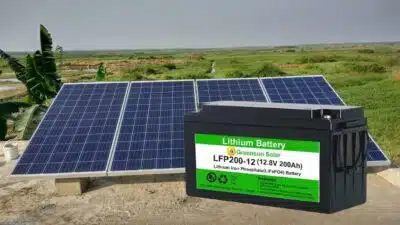
Lead-acid Vs. Lithium-ion
Lead-Acid batteries have been around for ages. They are typically cheaper and have a proven track record. Many households in Ghana rely on them due to their affordability. However, their lifespan and efficiency can be limiting. If you’ve ever dealt with frequent battery replacements, you know how quickly costs can add up.
On the other hand, Lithium-Ion batteries are like the new kids on the block. They boast a longer lifespan and better efficiency. Imagine not worrying about your battery dying out unexpectedly. The trade-off? They tend to be more expensive upfront. But consider this: would you rather invest in something lasting or face recurring replacements?
Factors Influencing Battery Choice
Your choice should be guided by specific factors. Think about your budget. Can you afford the initial cost of a Lithium-Ion battery, or would a Lead-Acid option fit better? Remember, initial savings might lead to higher long-term costs.
Consider your energy consumption. If you use a lot of power, you might need a battery that lasts longer and charges quicker. Lithium-Ion might serve you better in this case. Picture yourself never worrying about power outages when hosting an important event.
What about maintenance? Lead-Acid batteries require regular upkeep, which can be a hassle. If you prefer low-maintenance solutions, Lithium-Ion batteries could be the way to go. Ask yourself: how much time and effort are you willing to dedicate to your battery maintenance?
Reflect on your priorities. Is it long-term efficiency, upfront savings, or ease of maintenance? Each factor plays a vital role in your decision-making process. What suits you best?
In the end, the right battery choice can transform your energy experience. So, what type will power your Ghanaian home?
Ensuring System Reliability
Ensuring system reliability in Ghana’s energy landscape requires careful planning. A reliable power system must function consistently, even during challenges. This involves strategic decisions in system design and maintenance. One crucial aspect is understanding how to size a battery bank for solar, which ensures uninterrupted power supply. The goal is to have a system that works smoothly every day. For this, you must integrate redundancy and plan for regular maintenance.
Incorporating Redundancy
Redundancy in a power system is like having a backup plan. It means having extra capacity to cover unexpected failures. Redundant systems step in when the main system fails. This ensures continuous power supply without interruptions. In Ghana, this is vital due to frequent power outages. Adding extra batteries can be a smart move. It provides a cushion against unpredictable events. Redundancy boosts confidence in your power supply.
Planning For Maintenance
Regular maintenance keeps your battery bank in top shape. It involves checking battery health and performance. Scheduled maintenance prevents unexpected breakdowns. It also prolongs the lifespan of your batteries. In Ghana, dust and heat can affect battery performance. Regular cleaning and inspections are essential. A well-maintained system delivers reliable power round the clock.
Cost Considerations
Calculating costs is vital for sizing your battery bank for 24/7 power in Ghana. Consider battery type, capacity, and installation expenses. Balance quality and budget for long-term savings.
When sizing a battery bank for 24/7 power in Ghana, understanding cost considerations is crucial. Whether you’re a homeowner or business owner, the financial aspect can make or break your decision to invest in a renewable energy system. This section will guide you through the financial landscape, helping you make informed choices that balance upfront expenses with long-term benefits.
Initial Investment Vs. Long-term Savings
The initial cost of setting up a battery bank can be daunting. You need batteries, inverters, and other components, not to mention installation fees. It might feel like a significant expense at first glance. However, think about the electricity bills you pay each month. Over time, a well-sized battery bank can drastically cut these costs. Imagine redirecting that money towards other priorities. You might find that the initial investment pays for itself in a few years. This long-term saving potential is something worth considering.
Evaluating Return On Investment
Calculating your return on investment (ROI) is an essential step. Consider how long it will take for your savings on electricity bills to equal the cost of your battery bank. A practical approach is to list the costs and potential savings over a period, say five or ten years. Here’s a simple example: if your battery system costs $10,000 and saves you $1,500 annually on electricity, your ROI period is a bit over six years. Would you wait that long for such savings? It’s a question of patience and future planning. Moreover, battery technology is advancing rapidly. Prices are dropping as efficiency improves.
This trend could shorten your ROI period even more, making your investment even more appealing. In the end, it’s about making an informed decision. Weigh the initial costs against the potential for long-term savings and a solid ROI. Are you ready to take control of your energy future?
Installation And Safety Tips
Ensuring a safe and efficient installation of your battery bank is crucial. Understanding the right techniques can help you maintain power without risks. In Ghana, reliable power is essential, especially for continuous operations. This section offers practical tips to help you install your battery bank safely.
Proper Ventilation
Batteries generate heat during operation. Ensure your battery bank is installed in a well-ventilated area. This prevents overheating and extends battery life. Use fans or vents to enhance air circulation. Avoid enclosed spaces without airflow. Good ventilation reduces fire risks.
Avoiding Common Mistakes
Improper wiring can lead to inefficiencies. Double-check connections to avoid short circuits. Ensure cables are correctly sized for your setup. Wrong cable sizes can cause overheating. Regularly inspect for corrosion on battery terminals. Use protective gear when handling batteries. Follow manufacturer guidelines strictly for installation.
Monitoring And Maintenance
Efficient battery sizing ensures reliable 24/7 power in Ghana. Regular monitoring detects potential issues early, preventing disruptions. Proper maintenance extends battery life, providing consistent energy supply.
Monitoring and maintenance of your battery bank are crucial for ensuring consistent 24/7 power in Ghana. Regular care extends the life of your batteries and optimizes their performance. You don’t want to be caught off guard with a sudden power failure, right? Being proactive can save you from unexpected downtimes and costly repairs.
Regular Inspections
Conducting regular inspections is essential. Make it a routine to visually check your battery bank for any signs of corrosion or damage. Look out for loose connections or unusual noises. Set a monthly reminder to inspect your battery terminals and cables. It’s easy to overlook these details, but they can significantly impact performance. A quick clean-up with a damp cloth can prevent corrosion build-up. Keep an eye on battery fluid levels if you’re using lead-acid batteries. Low fluid levels can lead to reduced efficiency or even damage. Top them up with distilled water as necessary, ensuring you don’t overfill.
Performance Tracking Tools
Utilize performance tracking tools to get real-time insights into your battery bank’s health. These tools can alert you to potential issues before they become critical. They provide data on charging cycles, voltage levels, and overall capacity. Consider using a smartphone app connected to your battery management system. They offer convenience and instant access to vital statistics. You can track performance trends and make informed decisions on adjustments. Have you ever wondered how your battery bank performs over time? Use data logging features to compare past and present performance. These insights can help you identify patterns and plan maintenance schedules more effectively. Engage with your battery bank like you would with a trusted partner. Regular checks and using the right tools ensure you get the most out of your investment. How often do you check your battery bank? Maybe it’s time to start a new habit.
Future-proofing Your Battery Bank
Sizing your battery bank ensures reliable 24/7 power in Ghana. Consider daily energy needs and peak usage times. Balance storage capacity with solar panel output to maintain consistent electricity supply.
Future-proofing your battery bank is essential if you want reliable, uninterrupted power in Ghana. The energy needs of today may not be the same as tomorrow. By thinking ahead, you ensure your system remains functional and efficient in the long run. In my experience, preparing for future energy demands saved me from constant upgrades and unexpected costs. Imagine having the power you need without any hassles. Isn’t that a smart move?
Scaling For Increased Demand
As your household or business grows, so does your energy consumption. Planning for this growth can prevent future headaches. Consider a battery bank system that allows for easy expansion. A modular system is an excellent choice. It lets you add more batteries as your needs increase. This way, you’re not locked into a system that can’t keep up. Think about the appliances and devices you might add in the future. Will you be buying more electronics or perhaps an electric vehicle? Your battery bank should be ready to handle these changes without breaking a sweat.
Adapting To Technological Advances
Technology doesn’t stand still. New, more efficient batteries are hitting the market all the time. Knowing how to size a battery bank for solar with future upgrades in mind ensures your system stays adaptable. Look for battery systems that are compatible with future technologies. Some systems allow for the integration of new features like smart grid solutions. This flexibility can save you money and improve your system’s efficiency. Keep an eye on industry trends. For instance, lithium-ion batteries are becoming more affordable and efficient. Would your current setup allow for a switch to this technology? If not, consider making it adaptable. By planning for future technological changes, you ensure that your battery bank remains cutting-edge. Wouldn’t you want your investment to last for years to come?
Frequently Asked Questions
What Factors Affect Battery Bank Size In Ghana?
Factors include energy consumption, solar panel output, and battery efficiency. Consider Ghana’s sunlight hours and weather. Accurate assessment ensures 24/7 power availability. Calculate daily energy needs for precise sizing. Properly sized systems reduce costs and increase efficiency.
How To Calculate Daily Energy Consumption?
List all appliances and their wattage. Multiply each by hours used daily. Add results for total daily consumption in watt-hours. This helps in determining battery bank size. Accurate calculations ensure efficient energy storage and usage.
How Does Solar Panel Output Influence Battery Size?
Solar panel output affects the amount of energy stored in batteries. More output means more energy for storage. Consider panel efficiency and location. Proper alignment and maintenance increase output. This influences the battery bank’s size for 24/7 power.
Why Is Battery Efficiency Important In Sizing?
Battery efficiency determines how much stored energy is usable. Higher efficiency means more available power. It reduces energy wastage and costs. Consider battery type and brand for best efficiency. Efficient batteries ensure reliable 24/7 power.
Conclusion
Sizing your battery bank for 24/7 power in Ghana is crucial. Learning how to size a battery bank for solar ensures a reliable energy source day and night. Calculate your energy needs first. Match this with battery capacity. This helps in avoiding power shortages. Choose quality batteries. They last longer and perform better.
Regular maintenance keeps them efficient. Plan well, and enjoy constant power supply. This reduces reliance on the grid. Save money in the long run. A well-sized battery bank brings peace of mind. Power anytime you need it. Make informed choices for your energy needs.
.
Stay powered, stay connected.








